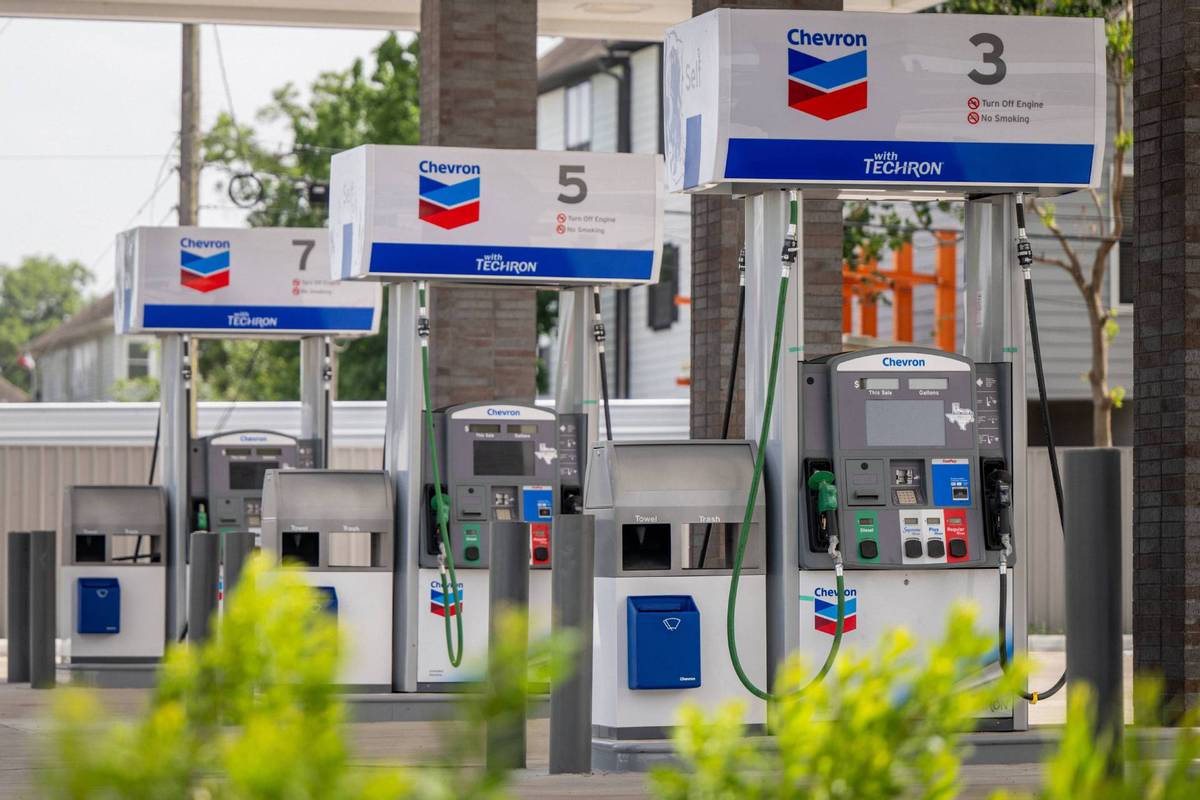根据美国汽车协会6月9日数据,美国普通汽油平均价格达到了每加仑4.99美元(约合人民币33.5元)。高油价正在影响所有美国开车的人,但低收入家庭首当其冲。这是因为,与富裕家庭相比,低收入家庭在交通成本和生活必需品(如食品和能源)上的支出占比更高。
 [Photo/Agencies]
[Photo/Agencies]
For lower-income Americans, high gas prices can set off a cycle of hardship.
对于美国低收入人群来说,高油价可能引发一系列难题。
Driving the news: The daily US average national price for a gallon of regular climbed to $4.99 as of Thursday morning — a cent shy of the symbolic $5 threshold, according to AAA.
美国汽车协会数据显示,截至6月9日上午,美国一加仑普通汽油均价攀升至4.99美元,比象征性的5美元门槛低了一美分。
Those at the top spent the equivalent of about 2% of their income on gas in 2019. That's the most recent year for which the Bureau of Labor Statistics has survey data that are not skewed by weird pandemic behavior.
美国劳工统计局最新调查数据显示,2019年,美国高收入人群的汽油支出相当于其收入的2%。这些数据没有受到新冠疫情的影响。
Those at the lower end of the income scale devoted 8% of their after-tax income to gas in 2019. (Although many living in urban areas without cars are spared the expense.)
2019年,低收入人群的汽油支出占其税后收入的8%(尽管许多没有汽车的城市居民可以省下这笔费用。)
In 2008, when gas prices hit a record (inflation-adjusted) high, that group spent close to 12%.
2008年,当油价创下历史新高(根据通胀调整后)时,低收入人群的汽油支出接近12%。
This data looks at gas expenditures as a percentage of income. A more common practice is to slice the numbers as a percentage of overall household spending.
该数据计算的是汽油支出占收入的百分比。更常见的是计算汽油支出占家庭总开支的百分比。
It looks different that way: The lowest 20% of earners devoted 3.7% of their spending to gas versus 2.7% for the highest earners, per BLS.
这样数据就有所变化:根据美国劳工统计局的数据,占比20%的低收入人群的汽油支出占家庭总开支的3.7%,而高收入人群汽油支出占比2.7%。
Meanwhile, more recent data, from Bank of America, shows that Americans who earn less than $50,000 a year are currently spending nearly 10% of their credit card bills on gas, compared with 6% for households earning more than $125,000.
与此同时,美国银行最新数据显示,年收入低于5万美元的美国人目前的信用卡账单汽油消费占比接近10%,而年收入超过12.5万美元的家庭则为6%。
For those who must drive to work, higher gas prices are essentially a pay cut.
对于那些必须开车上班的人来说,油价上涨本质上是一种降薪。
"It can create a cascade of other hardships," said former Federal Reserve economist Claudia Sahm. If an increased share of your money goes to gas, you have to make painful choices about where that cash comes from.
前美联储经济学家克劳迪娅·萨姆表示:“油价上涨可能会引发一系列其他困难。”如果你的加油支出越多,就不得不在其他方面削减开支。
This comes at a time of rising food prices, which are also pinching lower-income households.
同时食品价格也在上涨,这使低收入家庭雪上加霜。







